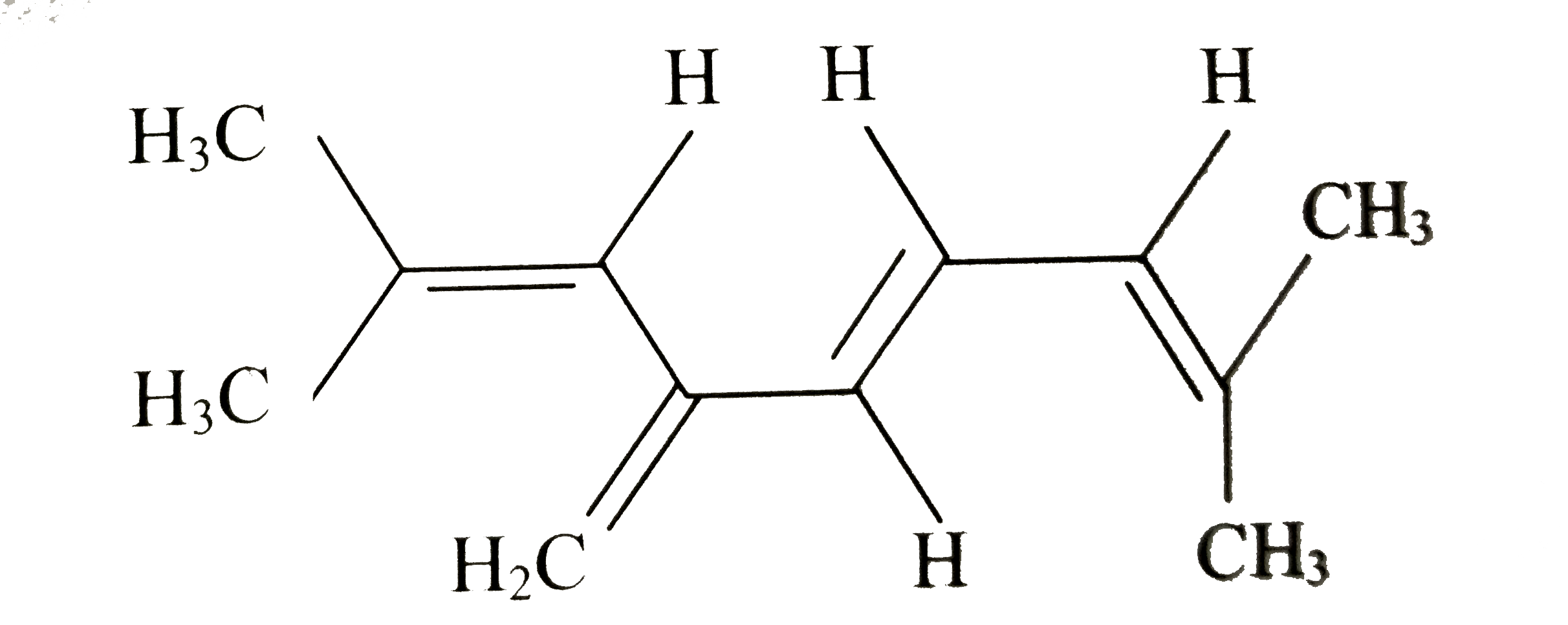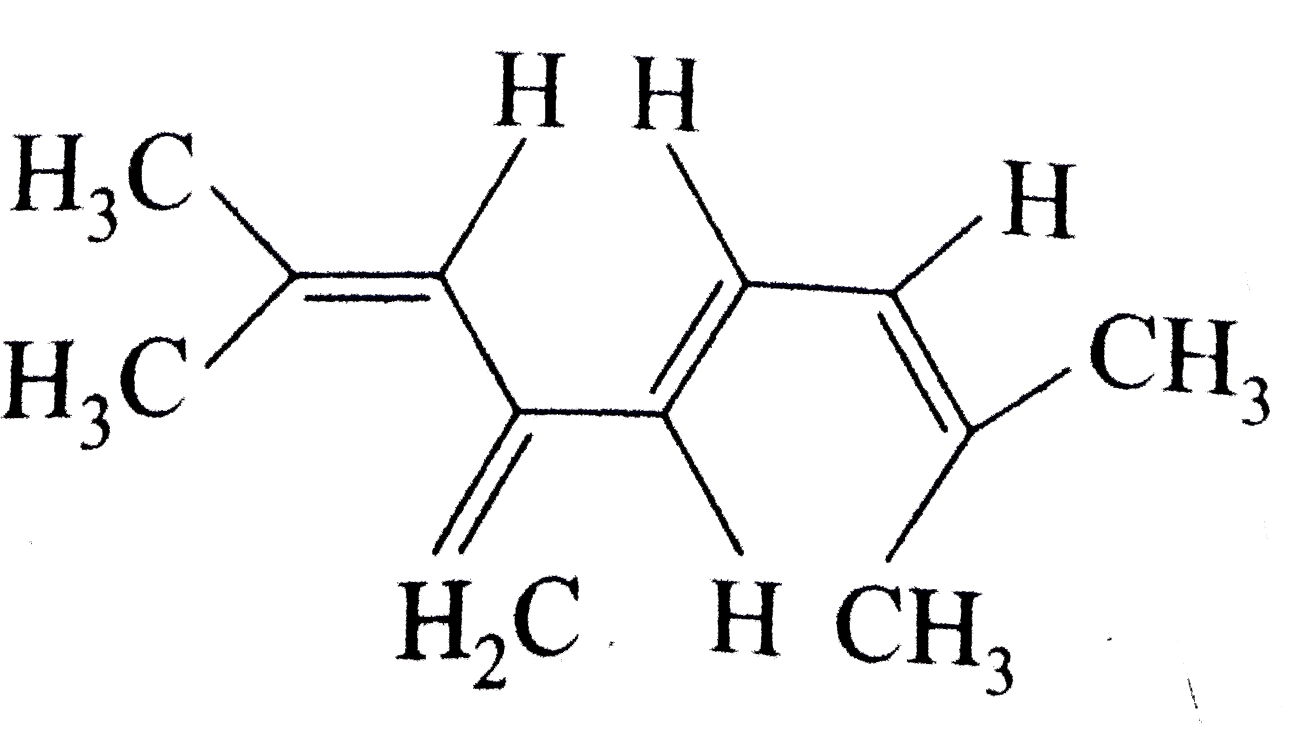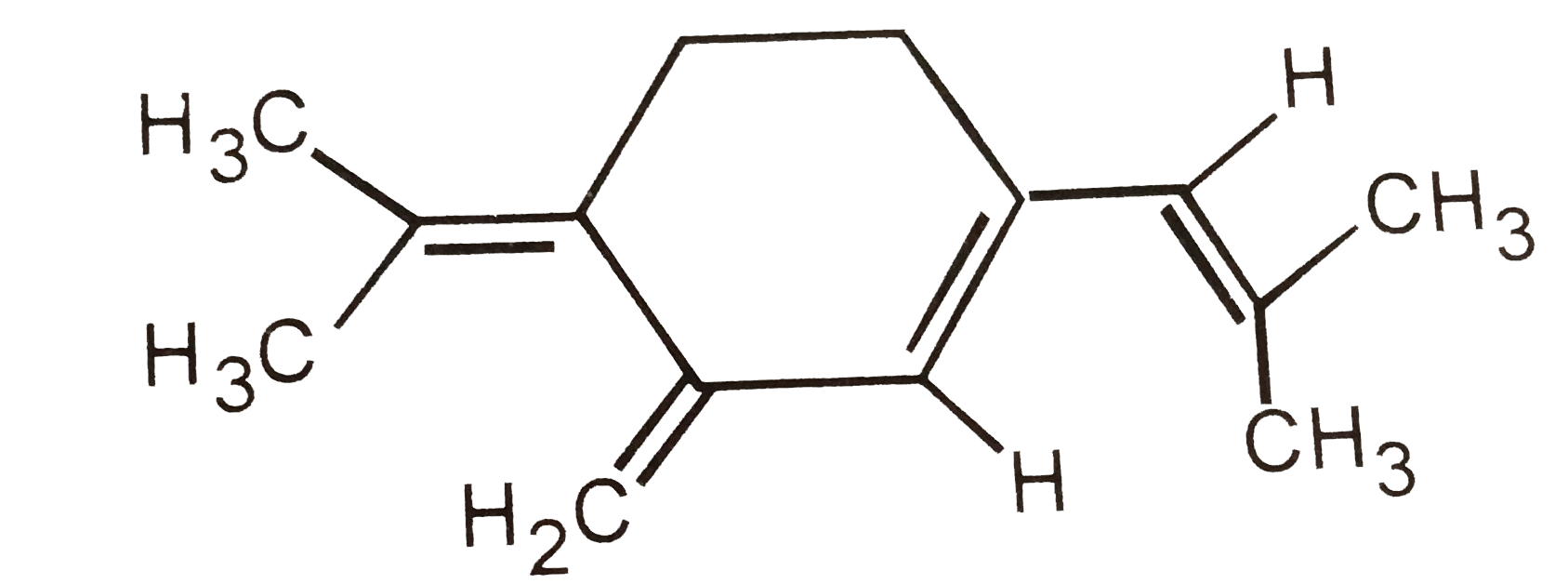The total number of electrons that take part in forming the bond in N2 is
10
6
4
2
The correct Answer is:B
To determine the total number of electrons that take part in forming the bond in the nitrogen molecule (N₂), we can follow these steps:
1. Identify the Valence Electrons in Nitrogen:
- Each nitrogen atom has 5 valence electrons. This is because nitrogen has the electron configuration of 1s² 2s² 2p³.
2. Calculate Total Valence Electrons in N₂:
- Since there are two nitrogen atoms in the nitrogen molecule (N₂), the total number of valence electrons is:
5 (from one N)+5 (from the other N)=10 valence electrons.
3. Draw the Lewis Structure:
- In the Lewis structure of N₂, each nitrogen atom will share three pairs of electrons (which corresponds to three covalent bonds). This means that each nitrogen atom contributes three electrons to the bonding.
4. Count the Electrons Involved in Bonding:
- Each of the three covalent bonds involves 2 electrons (one from each nitrogen atom). Therefore, the total number of electrons involved in bonding is:
3 (bonds)×2 (electrons per bond)=6 electrons.
5. Consider Lone Pairs:
- Each nitrogen atom has one lone pair of electrons (2 electrons) that do not participate in bonding. However, since the question specifically asks for the total number of electrons that take part in forming the bond, we only consider the bonding electrons.
6. Final Answer:
- Thus, the total number of electrons that take part in forming the bond in N₂ is 6.
Summary:
The total number of electrons that take part in forming the bond in N2 is 6.
- Each nitrogen atom has 5 valence electrons. This is because nitrogen has the electron configuration of 1s² 2s² 2p³.
- Since there are two nitrogen atoms in the nitrogen molecule (N₂), the total number of valence electrons is:
5 (from one N)+5 (from the other N)=10 valence electrons.
- In the Lewis structure of N₂, each nitrogen atom will share three pairs of electrons (which corresponds to three covalent bonds). This means that each nitrogen atom contributes three electrons to the bonding.
- Each of the three covalent bonds involves 2 electrons (one from each nitrogen atom). Therefore, the total number of electrons involved in bonding is:
3 (bonds)×2 (electrons per bond)=6 electrons.
- Each nitrogen atom has one lone pair of electrons (2 electrons) that do not participate in bonding. However, since the question specifically asks for the total number of electrons that take part in forming the bond, we only consider the bonding electrons.
- Thus, the total number of electrons that take part in forming the bond in N₂ is 6.
The total number of electrons that take part in forming the bond in N2 is 6.
Topper's Solved these Questions
- CHEMICAL BONDINGBook:R SHARMAChapter:CHEMICAL BONDINGExercise:Question Bank (Level-II)
Explore 18 Videos
- CHEMICAL BONDINGBook:R SHARMAChapter:CHEMICAL BONDINGExercise:Question Bank (Level-III)
Explore 19 Videos
- CHEMICAL BONDINGBook:R SHARMAChapter:CHEMICAL BONDINGExercise:Follow-up Test 13
Explore 1 Video
- AROMATIC HYDROCARBONSBook:R SHARMAChapter:AROMATIC HYDROCARBONSExercise:Archives
Explore 59 Videos
- CLASSIFICATION OF ELEMENTS AND PERIODICITY IN ELEMENTSBook:R SHARMAChapter:CLASSIFICATION OF ELEMENTS AND PERIODICITY IN ELEMENTSExercise:ARCHIVES
Explore 37 Videos
Similar Questions
Knowledge Check
The number of electrons that take part in forming the bond in N2 is
A2B6C10D3The total number of electrons that take part in forming bond in O2 is
A2B3C4D5The total number of electrons that take part in forming bond in O2 is
A2B4C6D8
The total number of π-bond electrons in the following structure is

View SolutionThe total number of π bond electrons in the following structure is

View SolutionThe total number of p− bond electrons in the following structure is

View SolutionThe total number of π-bond electrons in the following structure is

View SolutionThe total number of π-bond electrons in the following structure is

View Solution

